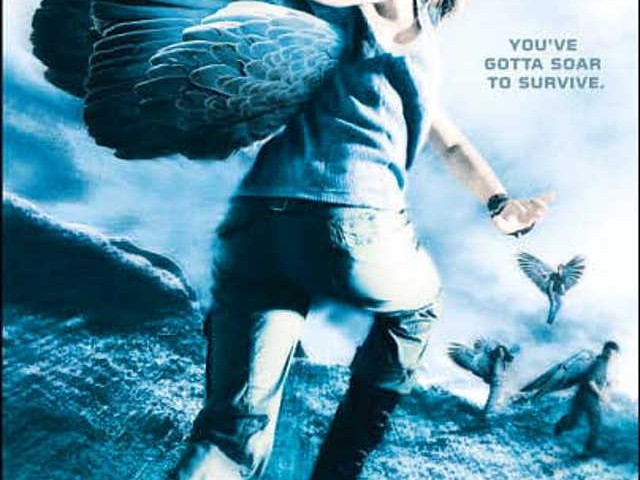

The Gasman was practically glued to her back." (p. 143) is writing worse than the output of most 2nd graders, and "Then, in a burst, she leaped up, sprang off the table, and practically crashed through the fire door. In fact, his writing reads like an old man trying to sound young: "Angel stared and stared and stared at Jeb Batchelder" (p. you did.)īecause Patterson has made a career out of writing awful books for adults, he has convinced himself that he knows how to write for teens, and, more horribly, like teens. And like I had lost my little girl" (p.25). Unfortunately, Patterson's creativity as a writer is strictly limited to half-baked and poorly described battle sequences, so Ride's introspection is relegated to heinous platitudes like, "It was like I had just lost my baby sister.


The stilted narration, provided by the "edgy" Maximum Ride, perhaps one of the most grating heroines in YA literature, is weakened by attempts to provide three-dimensionality to her character through her thoughtful analyses of those around her. 422 pages for what could have been a novella, nay, an essay. These characters (each bequeathed with atrocious names that are supposed to be hip - Maximum, Nudge, Iggy, the Gasman, Fang, and Angel) spend 422 pages being chased by "Erasers" while trying to discover the secret of the School, the institution responsible for their mutations. Maximum Ride follows the adventures of six children, each of whom is the product of a genetic experiment: they are 98% human, 2% bird. It is merely a cash cow, another mindless series designed to appeal to reluctant readers. This is not a book of striking prose or even serviceable but entertaining MOR lit. Written with all the wit and grace of a one-legged puppy, Maximum Ride: The Angel Experiment reveals its intentions within the first chapter alone.


 0 kommentar(er)
0 kommentar(er)
